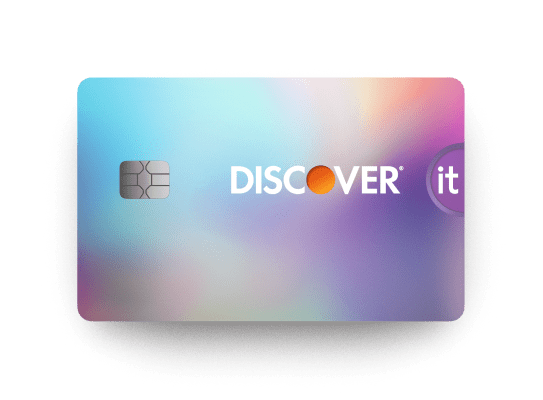Video
![A smiling couple chats while walking down an urban sidewalk.]()

How Does Discover Cashback Match Work?
Learn how Discover Cashback Match works— we’ll automatically match all the cash back you’ve earned at the end of your first year. See terms.
3 min read
Video
![Three women sit at a table in a cafe.]()

What is Cash Back and How Does Cash Back Work?
Learn what cash back is on a credit card, how cash back works, and how Discover Cashback Match increases your cash back rewards at the end of your first year.
12 min read

















